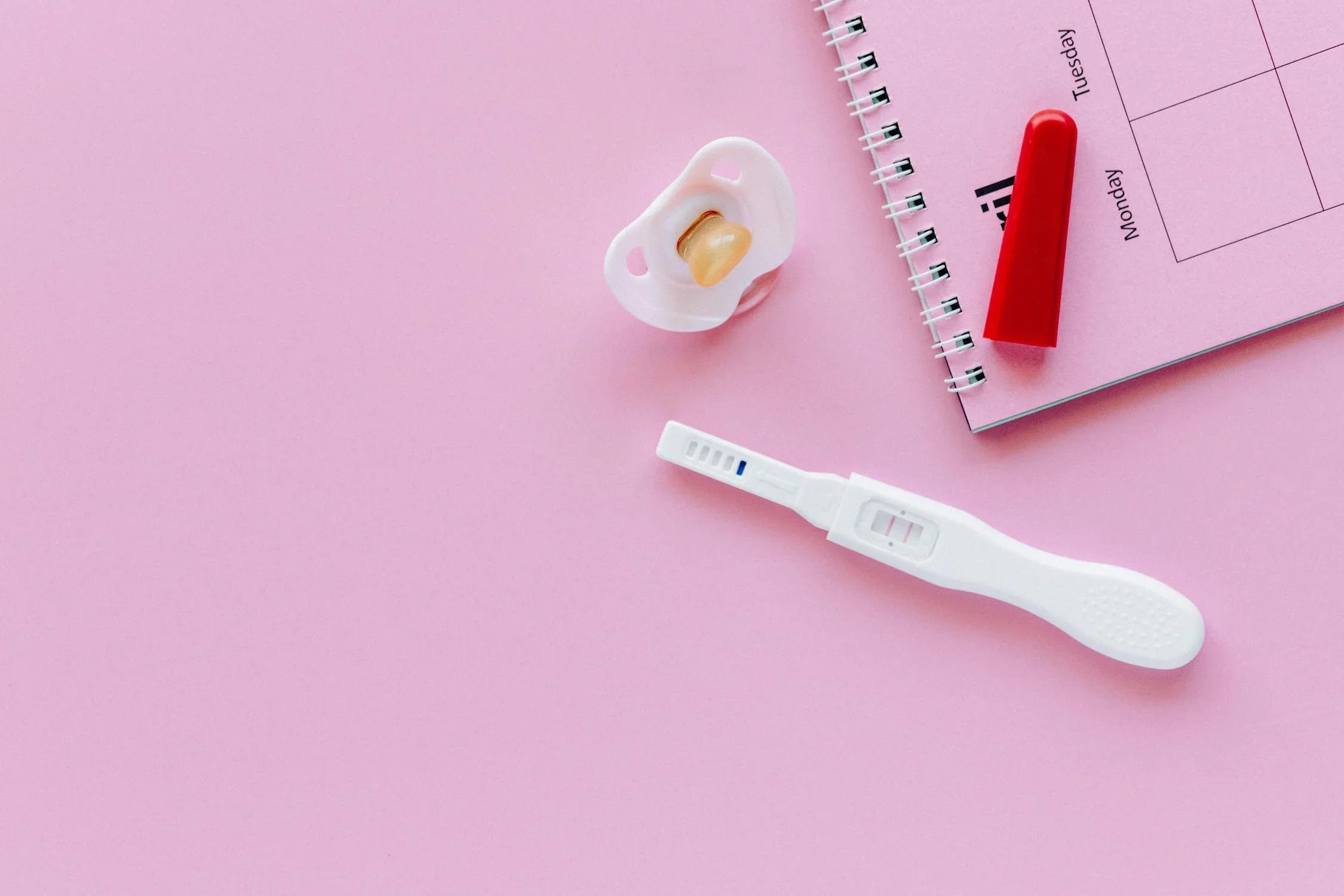Inicio
Pregnancy, Breastfeeding, and Pumping: The Ultimate Guide for Moms
When to Have Home Pregnancy Test: Timing and Tips for Accurate Results

When to Have Home Pregnancy Test: Timing and Tips for Accurate Results
Deciding when to have a home pregnancy test can be both exciting and nerve-wracking. Whether you're hoping for a positive result or bracing for a negative one, timing is crucial to ensure accuracy. This article will guide you through the best time to take a home pregnancy test, factors to consider, and tips for interpreting the results.
Understanding How Home Pregnancy Tests Work
Home pregnancy tests detect the presence of human chorionic gonadotropin (hCG), a hormone produced during pregnancy. This hormone is released when a fertilized egg attaches to the uterine lining. The levels of hCG increase rapidly in the early stages of pregnancy, doubling every 48 to 72 hours.
When to Take a Home Pregnancy Test
The timing of your test can significantly impact its accuracy. Here are some key points to consider:
After a Missed Period
The most reliable time to take a home pregnancy test is after you've missed your period. By this time, hCG levels are usually high enough to be detected by most tests. Testing too early can result in a false negative, even if you are pregnant.
Early Testing
Some tests claim to detect pregnancy as early as six days before a missed period. However, the accuracy of these early tests can vary. If you choose to test early, be aware that you may need to retest after your missed period to confirm the result.
Time of Day
For the most accurate results, take the test first thing in the morning. Your urine is more concentrated at this time, making it easier to detect hCG. If you test later in the day, ensure you haven't consumed large amounts of fluids, which can dilute your urine.
Factors That Influence Test Accuracy
Several factors can affect the accuracy of a home pregnancy test. Understanding these can help you choose the best time to test and interpret the results correctly.
Irregular Cycles
If you have irregular menstrual cycles, it can be challenging to determine when to take a test. In such cases, wait at least three weeks after unprotected sex before testing. Alternatively, track your ovulation to estimate when your period is due.
Medications and Medical Conditions
Certain medications and medical conditions can interfere with pregnancy test results. For example, fertility treatments containing hCG can lead to false positives. If you're unsure, consult your healthcare provider for guidance.
Test Sensitivity
Not all home pregnancy tests are created equal. Some are more sensitive and can detect lower levels of hCG. Check the packaging for information on the test's sensitivity and choose one that aligns with your testing timeline.
How to Take a Home Pregnancy Test
Proper technique is essential for accurate results. Follow these steps to ensure you're testing correctly:
Read the Instructions
Each test comes with specific instructions. Read them carefully before proceeding. Pay attention to how long you need to wait for the results and how to interpret them.
Use a Clean Container
If your test requires a urine sample, use a clean, dry container to collect it. Avoid touching the test strip with your fingers to prevent contamination.
Wait for the Results
After taking the test, wait for the recommended time before checking the results. Reading the test too early or too late can lead to inaccurate interpretations.
Interpreting the Results
Understanding how to read your test results is just as important as knowing when to take the test. Here's what to look for:
Positive Result
A positive result typically appears as two lines, a plus sign, or the word 'pregnant.' If you receive a positive result, schedule an appointment with your healthcare provider to confirm the pregnancy and begin prenatal care.
Negative Result
A negative result usually shows one line, a minus sign, or the word 'not pregnant.' If you still suspect you might be pregnant, wait a few days and retest. False negatives are more common than false positives, especially if you test too early.
Invalid Result
An invalid result occurs when the test doesn't work correctly. This could be due to improper use, expired tests, or a faulty product. If you receive an invalid result, retest with a new kit.
What to Do After Taking the Test
Once you've taken the test and interpreted the results, it's time to decide on your next steps. Here's what to consider:
Positive Result
If your test is positive, schedule an appointment with your healthcare provider. They can confirm the pregnancy through a blood test or ultrasound and provide guidance on prenatal care.
Negative Result
If your test is negative but you still haven't gotten your period, wait a few days and retest. If you continue to receive negative results and miss multiple periods, consult your healthcare provider to rule out other medical conditions.
Emotional Support
Taking a pregnancy test can be an emotional experience, regardless of the result. Reach out to a trusted friend, partner, or counselor for support. Remember, it's okay to feel a range of emotions, and you don't have to go through it alone.
Knowing when to have a home pregnancy test can make all the difference in getting accurate results. By understanding the factors that influence test accuracy and following proper testing techniques, you can approach this important moment with confidence. Whether you're eagerly awaiting a positive result or preparing for a negative one, timing and preparation are key. Take the test when you're ready, and remember that support is always available to help you navigate the next steps.
Compartir
